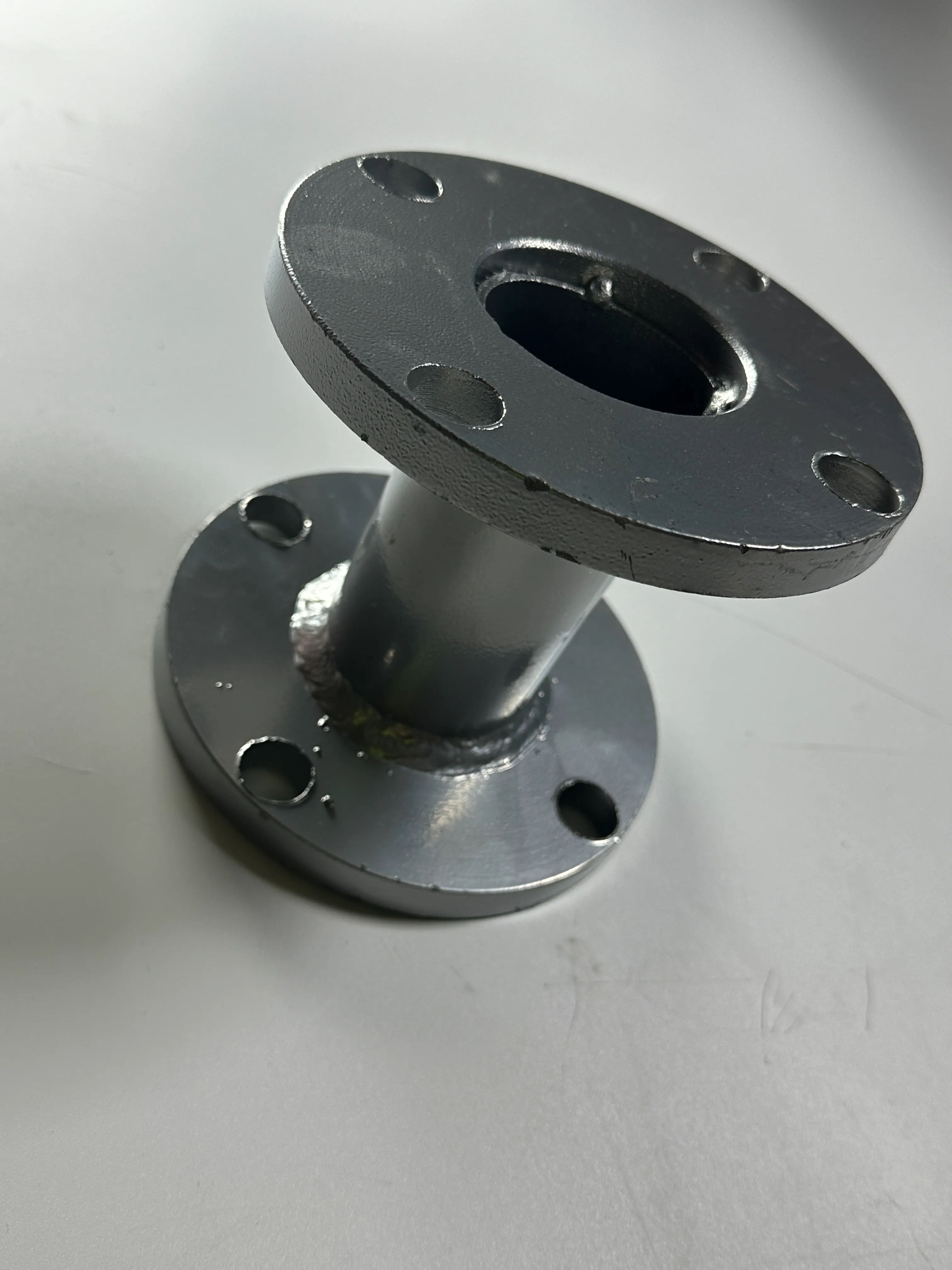loading...
- No. 9, Xingyuan South Street, Dongwaihuan Road, Zaoqiang County, Hengshui, Hebei, China
- admin@zjcomposites.com
- +86 15097380338
- Welcome to visit our website!
grp grating specification
Understanding GRP Grating Specification An Overview
Glass Reinforced Plastic (GRP) grating is an innovative material widely used in various industries due to its strength, durability, and resistance to corrosion. As industries continue to evolve, specific standards and specifications for GRP grating are becoming increasingly important. This article aims to provide a comprehensive understanding of GRP grating specifications, their components, key features, and applications.
What is GRP Grating?
GRP grating is a composite material made from a combination of fiberglass and resin. The fibers provide strength, while the resin offers resistance to environmental factors like chemicals and moisture. This combination results in a lightweight yet robust alternative to traditional materials like steel and aluminum. GRP grating is often used in environments where corrosion is a significant concern, such as in chemical plants, wastewater treatment facilities, and offshore installations.
Key Components of GRP Grating Specification
1. Material Composition The specification of GRP grating should detail the type of fiberglass and resin used. Common resins include orthophthalic polyester, isophthalic polyester, and vinyl ester, each offering distinct advantages in terms of chemical resistance and thermal stability.
2. Load Bearing Capacity One of the primary considerations in GRP grating specifications is the load-bearing capacity. This capacity is determined by the thickness of the grating and the design of the load bars. GRP grating is generally categorized into different load ratings, such as light, medium, and heavy-duty types, which correspond to their maximum permissible loads.
3. Span Length The distance between supports (or spans) for the grating significantly affects its performance. Specifications should include the maximum span length based on the load rating of the grating. This allows engineers to determine the appropriate layout for installation.
grp grating specification

4. Anti-Slip Properties Safety is paramount in any industrial application, and GRP grating often incorporates anti-slip surfaces to prevent accidents. The specification should include details on the type and degree of anti-slip treatment used, such as textured surfaces or added grit.
5. Chemical Resistance Many industries use GRP grating in harsh environments where exposure to chemicals is prevalent. Specification documents should provide comprehensive charts detailing the chemical resistance of the selected materials, allowing for informed decisions based on the operational environment.
6. Fire Resistance In environments where fire safety is a concern, specifications should indicate the fire rating of the GRP grating. This is essential for compliance with safety regulations and can significantly influence the choice of material in sensitive applications.
Applications of GRP Grating
GRP grating is utilized in various applications across different sectors. In the chemical industry, it serves as flooring, walkways, and platforms, where its corrosion-resistant properties are invaluable. In the water treatment sector, GRP grating is used for trench covers, walkways, and even in sewage treatment plants due to its ability to withstand harsh chemicals and moisture. Infrastructure such as bridges and platforms also benefits from GRP grating, providing a lightweight and sturdy solution that reduces the need for maintenance.
Conclusion
In conclusion, understanding GRP grating specifications is crucial for professionals involved in selecting materials for industrial applications. Factors such as material composition, load-bearing capacity, span length, anti-slip properties, chemical resistance, and fire ratings should all be considered to ensure the right choice of grating for specific needs. As industries advance and the demand for durable, lightweight, and corrosion-resistant materials rises, GRP grating stands out as a versatile solution capable of meeting various operational challenges. Proper adherence to specifications not only enhances safety and efficiency but also prolongs the lifespan of the installations, ultimately leading to significant cost savings.
-
GRP Structures: The Future of Lightweight, High-Performance EngineeringNewsJun.20,2025
-
FRP Water Tank: High-Performance Storage for Corrosive and Clean Water SystemsNewsJun.20,2025
-
FRP Square Tube: The New Industry Standard for Chemical and Structural ApplicationsNewsJun.20,2025
-
FRP Pultruded Profiles: The Ultimate Choice for Lightweight Structural StrengthNewsJun.20,2025
-
FRP Handrails: The Safer, Smarter, and Stronger Choice for Modern InfrastructureNewsJun.20,2025
-
FRP Grating: The Smart Solution for Durable, Lightweight Industrial FlooringNewsJun.20,2025
-
Why Choose a Galvanized Water Tank for Your Storage NeedsNewsMay.21,2025
